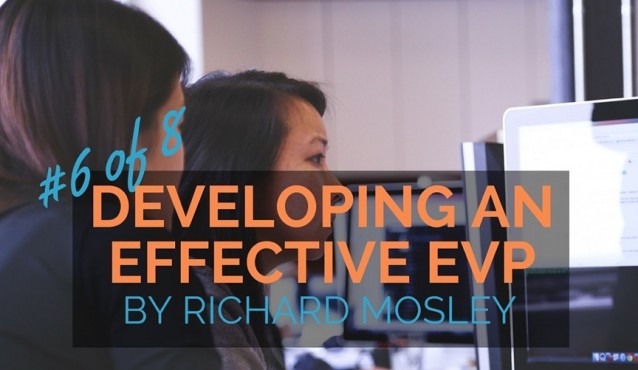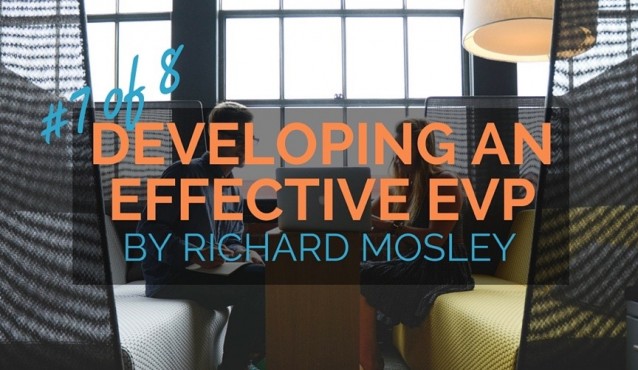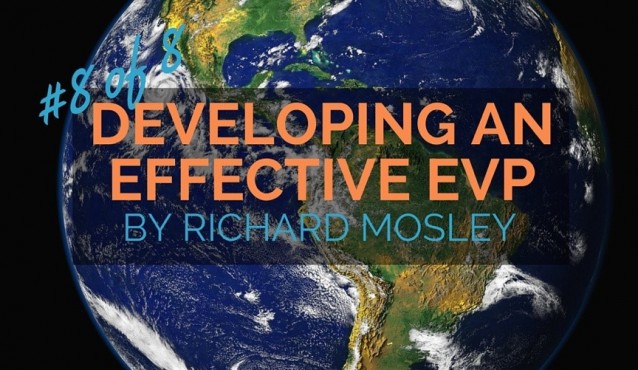Developing an Effective Employer Value Proposition, Part 3: The Challenges of EVPs

The Differentiation Challenge
For many years, the major objectives of most global employer brand development projects have been employer brand consistency and internal buy-in. These projects and their objectives were set against a backdrop of fragmented regional and local recruitment communication which failed to build marketing synergy and brand equity. To achieve internal buy-in and acceptance, the resulting propositions were often fairly generic.
The game has moved on, and the more pressing challenge for those who have now achieved sufficient global consistency is not only standing together internally, but also standing apart from the competition externally. This requires more creativity, more courage and more stakeholder management to ensure everyone feels comfortable with a more distinctive and potentially disruptive EVP and employer brand.
The Give-Get Challenge
The most effective EVPs clarify not only what employees can expect from the employer, but also what is expected from employees in return. In other words, and EVP is not simply a one-way promise; it’s a two-way, “give and get” deal. This helps to ground the EVP in the realities of the business and the working experience.
If the major priority for an organization is quality, customer focus, or enterprise-wide collaboration, then it’s as important to reflect these priorities in the EVP “mix” as it is to reflect the needs and aspirations of potential candidates.

– Work-life balance tends to be more “give” than “get” from an organizational perspective. It should be seen as an important means of achieving more sustainable levels of performance, but in practice it is often seen as a necessary cost to engage and retain employees.
– High performance tends to be more “get” than “give” from an organizational perspective. It doesn’t generally appear among employee attraction or engagement drivers, but it is often a key focus of what is demanded of employees.
– Empowerment tends to be a more evenly balanced deal. The organization “gives” more scope for personal initiative (which most employees would see as a benefit), but in turn it expects to “get” a high level of accountability from employees to deliver on their performance objectives.
One of the important decisions to make is to decide on striking the right balance in this “give and get” deal. Where the supply of talent exceeds the demand for talent — as it has done in many markets during the economic downturn — companies can afford to emphasize the “get” side of the deal. If, on the other hand, the demand for talent outstrips the supply of talent, companies will need EVPs that stress the “give” in order to attract and retain the people they need.
The Global-Local Challenge
The most effective EVPs and messaging platforms balance global consistency with local relevance. Your core EVP pillars should work everywhere, but that doesn’t necessarily mean they will always play out in the same way or that they cover the complete spectrum of things you may need to communicate at the local level.

In both cases, the key challenge is to achieve an effective balance between consistency and relevance. Organizations have to translate the corporate brand into an employment context to ensure it matches the needs and interests of potential candidates, as well as translate the global EVP into a local messaging platform to ensure it meets the needs and interests of specific target groups — and they must do all this while simultaneously maintaining the sufficient consistency necessary for overall brand integrity.

